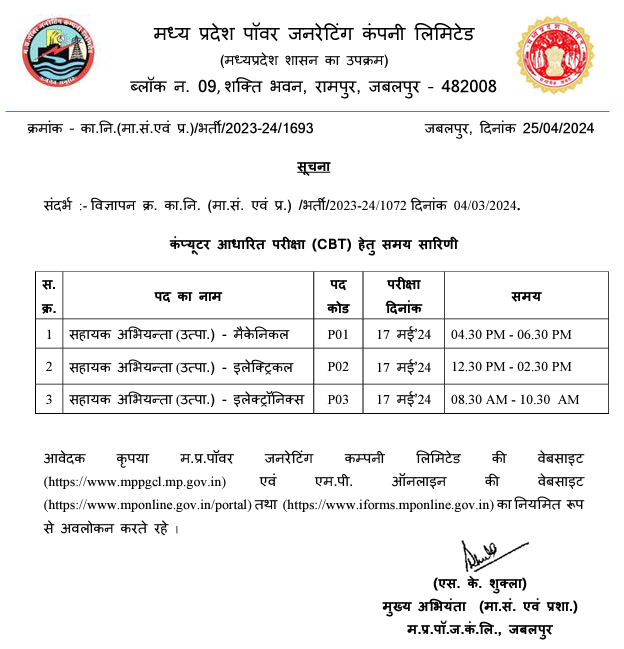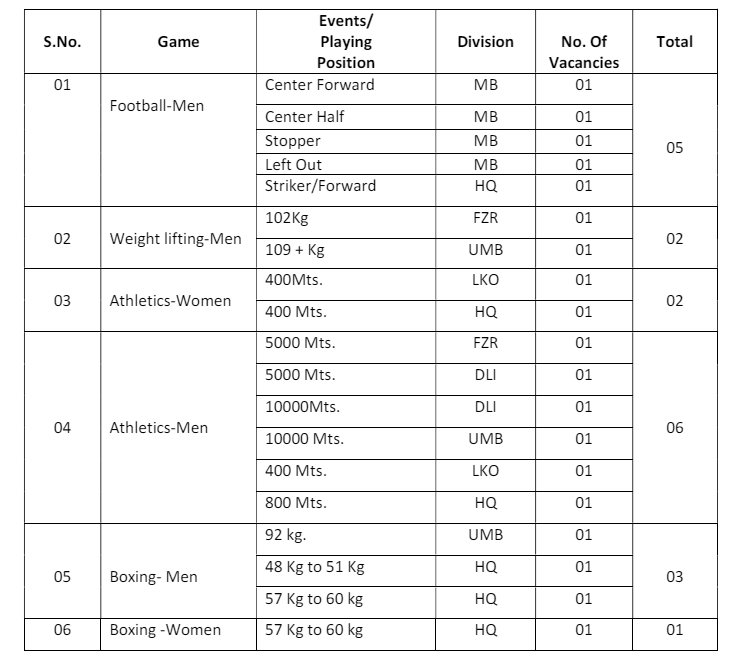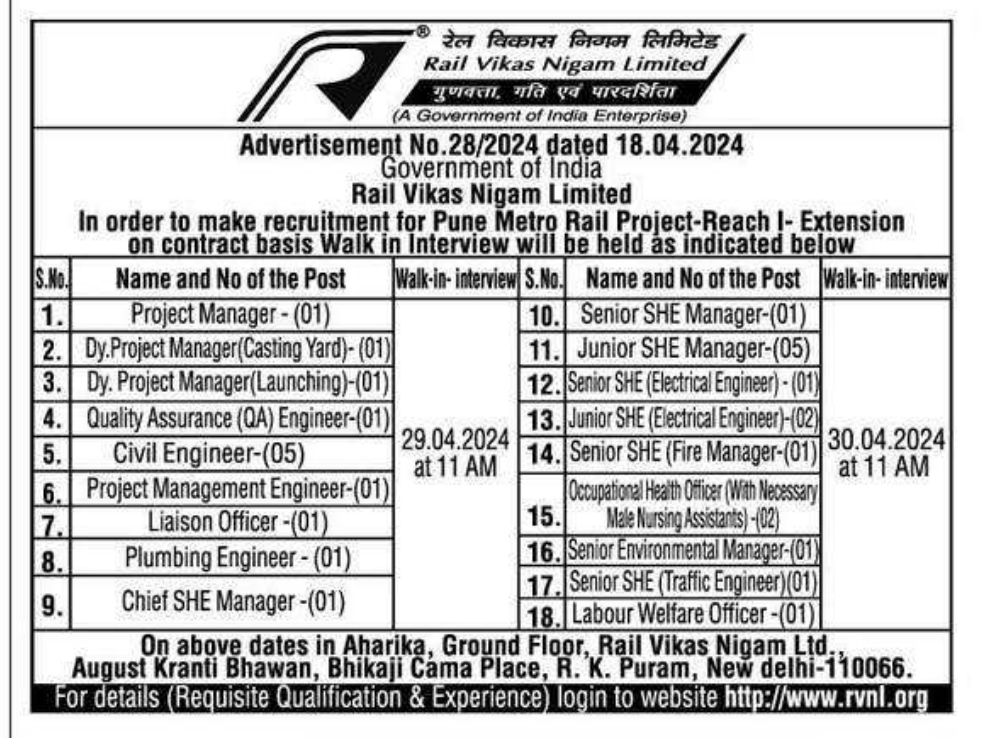Railway Engineering Part 2

Category –CE Online Test
Telegram-Join Us On Telegram
Attempt Free Railway Engineering Part 2 Here. Read The Important Civil MCQ From Below.
Q1. The spike used for fixing chairs of bull headed rail to wooden sleepers is
A. Dog spike
B. Round spike
C. Elastic spike
D. Rail spike
Answer : B
Q2. Normally maximum cant permissible on M.G. is
A. 60 mm
B. 75 min
C. 90 mm
D. 140 mm
Answer : C
Q3. Disc signals are provided for
A. Passenger trains
B. Goods trains
C. Marshalling operations
D. Shunting operations
Answer : D
Railway Engineering Part 2
Q4. The head of a gang in maintenance organisation of railways is called
A. A.P.W.I.
B. Ganger
C. P.W.I.
D. Keyman
Answer : B
Q5. In India, the ratio between the weight of the rail and the locomotive axle load is
A. 310
B. 410
C. 510
D. 610
Answer : C
Q6. Top of rails of a track are placed at an inward slope of
A. 1 in 10
B. 1 in 15
C. 1 in 20
D. 1 in 30
Answer : C
Q7. Staggered joints are generally provided
A. On curves
B. On straight tracks
C. To join two rail sections
D. None of these
Answer : A
Railway Engineering Part 2
Q8. Standard size of wooden sleepers for M.G. track is
A. 274 x 25 x 13 cm
B. 183 x 20 x 11 cm
C. 152 x 15 x 10 cm
D. 250 x 20 x 12 cm
Answer : B
Q9. Dog spikes are used for fixing rail to the
A. Wooden sleepers
B. Concrete sleepers
C. CST-9 sleepers
D. Steel sleepers
Answer : A
Q10. The shape of transition curve used by Indian railway is
A. Spiral
B. Sine curve
C. Cubic parabola
D. Lemniscate
Answer : C
Q11. As compared to roadways maintenance cost of railways is
A. Same
B. More
C. Less
D. Depends on region
Answer : C
Q12. The minimum height of embankment above the highest flood mark in the area should be
A. 30 cm
B. 60 cm
C. Zero cm
D. 100 cm
Answer : B
Railway Engineering Part 2
Q13. Maximum wheel base distance provided on Indian B.G. tracks is
A. 4.096 m
B. 6.096 m
C. 7.096 m
D. 9.096m
Answer : B
Q14. Creep is the
A. Longitudinal movement of rail
B. Lateral movement of rail
C. Vertical movement of rail
D. None of these
Answer : A
Q15. The misalignment of rails due to temperature changes is known as
A. Hogging
B. Creeping
C. Buckling
D. Bulging
Answer : C
Railway Engineering Part 2














